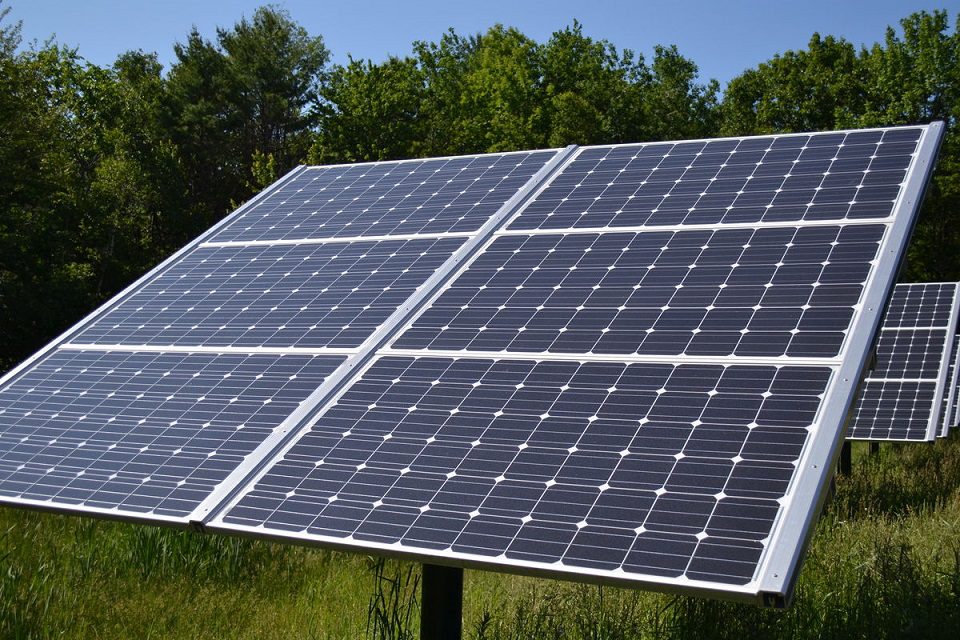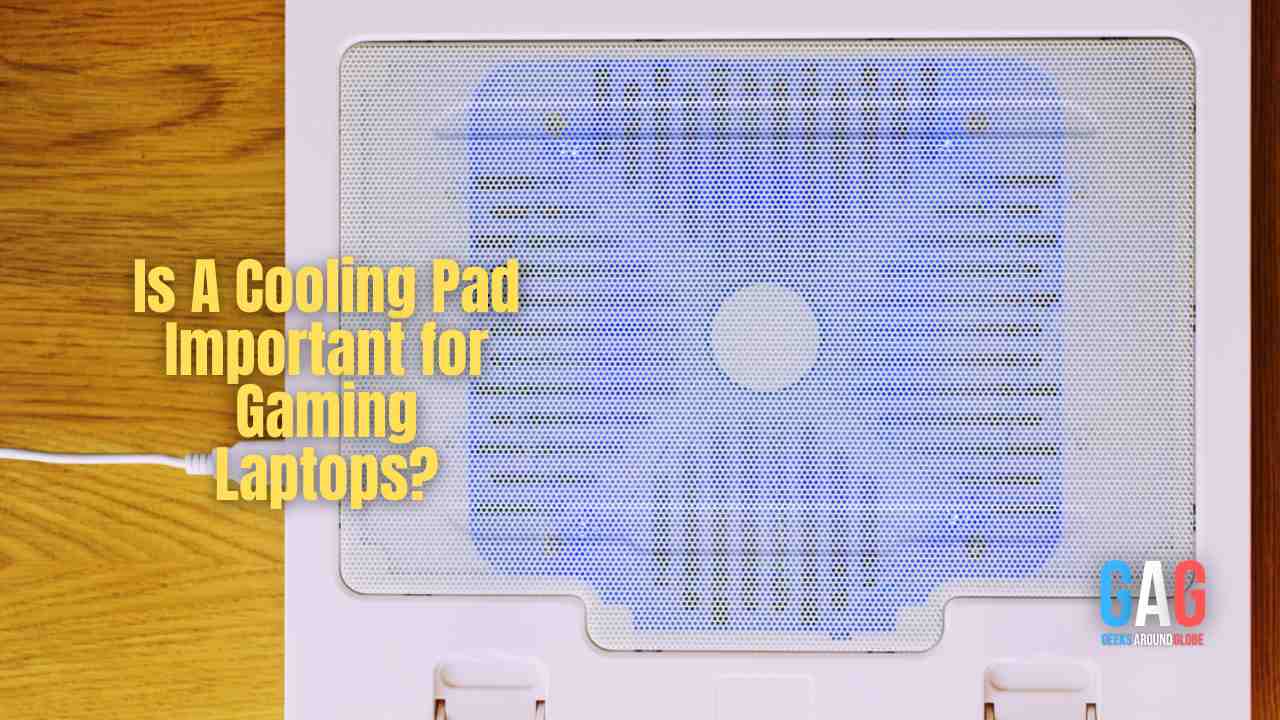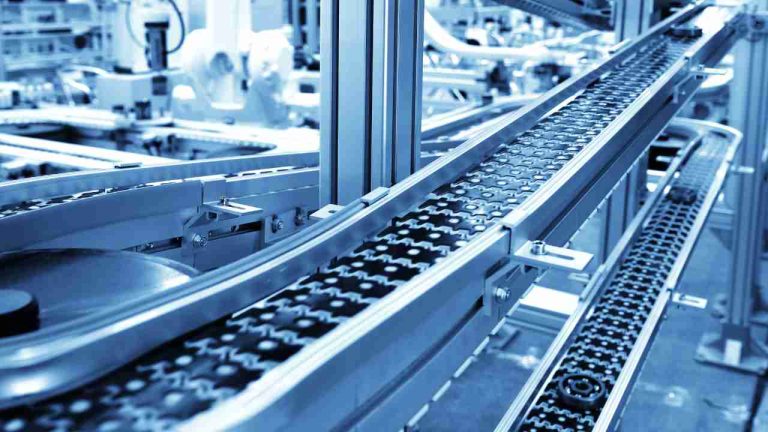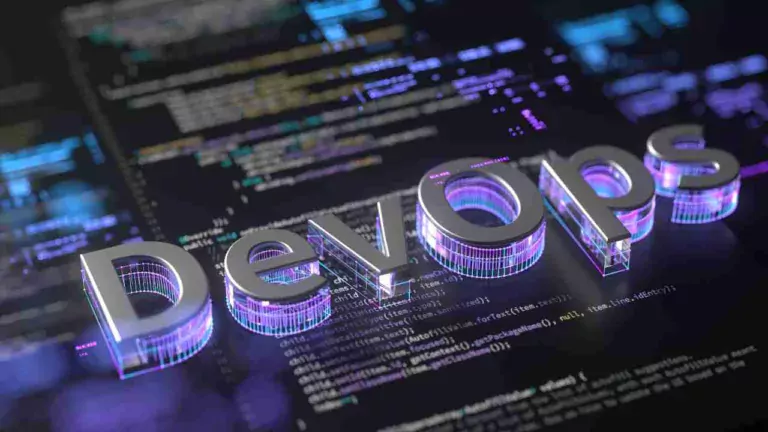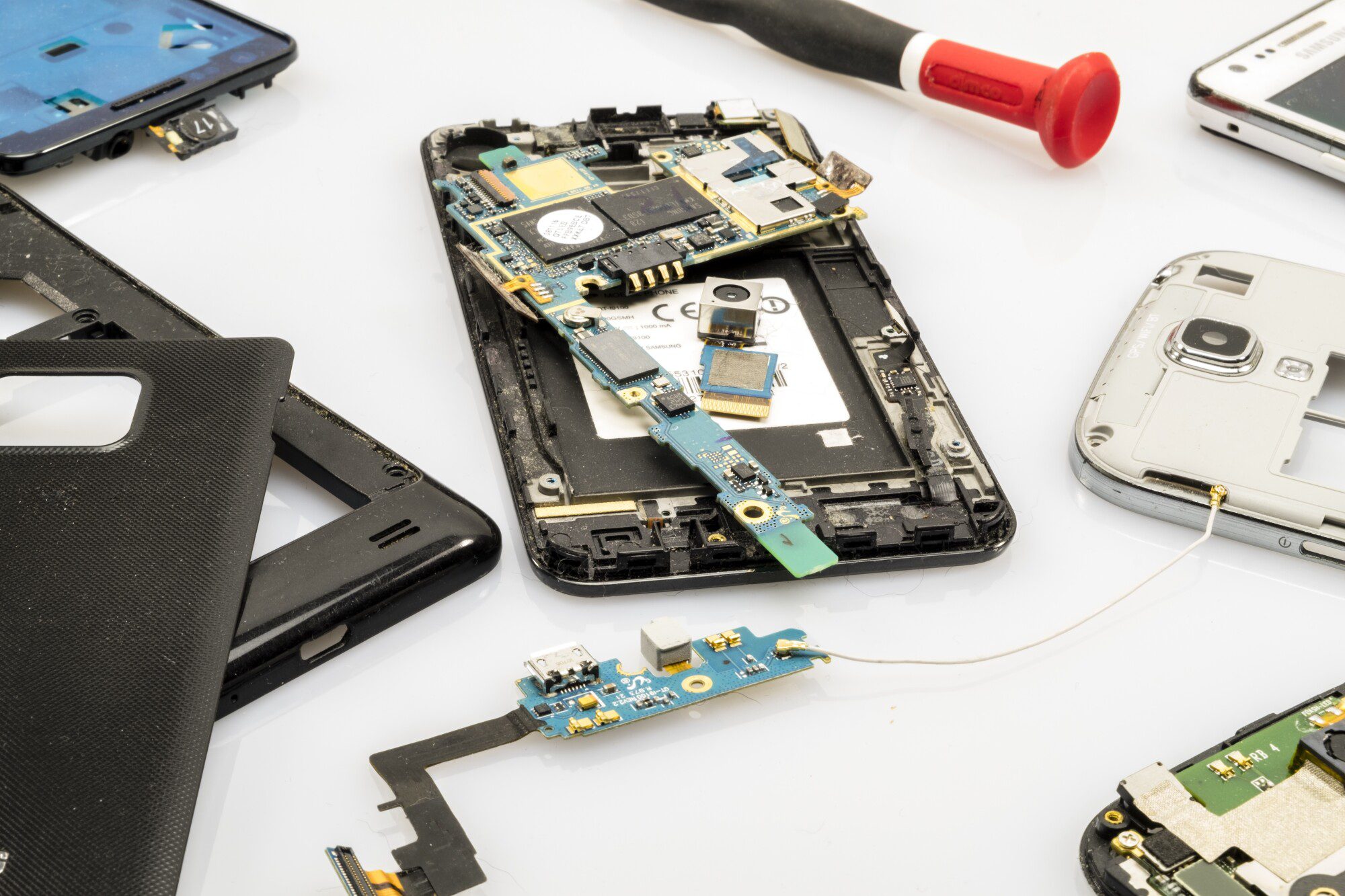- 1. 1. Solar Panels Don’t Work When It’s Cloudy
- 2. 2. Cheap Systems Are The Best Value
- 3. 3. Solar Panels Require More Energy To Make Than They Save
- 4. 4. The Hotter The Temperature, The Better The Solar Energy Production
- 5. 5. Solar Panels Will Provide Power In A Blackout
- 6. Want To Understand More About Solar Energy?
Scientists have been exploring the benefits and drawbacks of solar energy since the 1970s. For decades, it remained a peripheral idea whose potential was nothing more than speculative. However, recent changes in energy pricing and consumption, coupled with a greater consciousness about environmental conservation, highlighted the shift toward renewable energy in general and often solar power in particular.
Unfortunately, the increased popularity and awareness don’t always filter out the less accurate information regarding solar energy and solar panels. Therefore, some myths hatched at the initial stages of mass rollouts seem to endure. As a result, many potential consumers are often left with conflicting and inaccurate ideas regarding solar energy.
So, if you have heard wild claims about solar power and wondered about their accuracy, you’re in the right place. This article will cover common solar myths debunked.
1. Solar Panels Don’t Work When It’s Cloudy
The ideal weather conditions for solar panel installations are clear, sunny days. Solar panels perform at their best when they receive direct, uninterrupted sunlight. On the other hand, clouds lower the amount of direct sunlight your solar panels receive, thus reducing solar energy production. However, this tendency doesn’t mean solar panels don’t work in cloudy conditions.
While it is true that cloudy conditions cause a reduction in efficiency, your panels will, nevertheless, still produce some energy. Moreover, some modern solar panels maintain good performance even in low-light conditions. Conversely, if there is a very thick cloud cover and overcast conditions, it will drastically reduce panel performance. But quick-moving clouds that allow bursts of sunlight result in less efficiency reduction.
2. Cheap Systems Are The Best Value
One constant truth of life is that cheap is rarely the best. However, numerous people select cheap solar package deals because they believe they are exercising financial responsibility. The idea behind this tendency is that lower solar panel costs mean the system pays for itself faster. With that grants are available for solar panels which will further reduce the cost.
While this assumption may be true in theory, the reality is very different. Cheap solar systems are less likely to perform as well, thus eroding any potential future savings. Therefore, a lower-standard system may take more time to pay for itself than a high-quality yet more expensive one.
Additionally, cheaper systems may experience more failures and require more frequent repairs- thus proving less convenient and reliable.
3. Solar Panels Require More Energy To Make Than They Save
While the focus on a solar panel system typically falls on the time it takes the system to pay for itself financially, there’s another critical payback: energy. This consideration refers to how long solar panels take to produce the same amount of energy it takes to manufacture them.
Best solar industry estimates put this period at around two years. Therefore, it takes your solar panel two years to offset the energy cost of its manufacture. So, if your solar system operates for around 30 years, that translates to 28 years of clean, green energy.
4. The Hotter The Temperature, The Better The Solar Energy Production
This myth is particularly easily debunked. Naturally, bright, sunny conditions are synonymous with heat. So you can usually expect good solar production on hot days. However, this correlation doesn’t account for solar panel heat ratings. Most solar panels sold and used in Australia are rated for optimum performance at around 25 degrees Celsius. Once outside temperatures exceed 25, most solar panels will have lower productivity.
Even the best solar panels typically lose 0.20 – 0.50 per cent of energy production for each degree over 25. So, the belief that hotter temperatures result in higher solar panel efficiency is false.
5. Solar Panels Will Provide Power In A Blackout
Unfortunately, this is also untrue. The solar panel system’s inverter is connected through the main electrical board to the primary grid. Therefore, if your solar system produces more power than you use, the excess is automatically channelled to the main grid. When there is a blackout, the inverter senses the grid’s disconnection and automatically shuts down. However, installing a solar battery can ensure you’re not left at the mercy of the primary grid’s blackouts. While more expensive, solar battery storage allows you to store excess power and use it at night when your solar panels are not generating any energy. Moreover, you can configure some batteries with backup options to provide power during blackouts.
Want To Understand More About Solar Energy?
If you are thinking about shifting to solar power, it is best to have all the information on hand before committing to an installation. Moreover, the information must be up-to-date and accurate to avoid errors and assumptions that may lead to costly mistakes. Therefore, it may be best to seek a professional solar installer’s expertise in making the right choice.
To ensure a continuous power supply even in cloudy conditions, incorporating a backup power source like the Jackery solar generator can provide peace of mind. This portable generator utilizes solar energy and stores it in its battery, allowing you to access power whenever needed, regardless of the weather conditions or the availability of direct sunlight.

